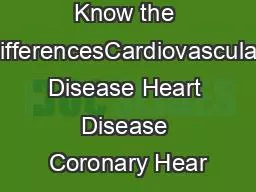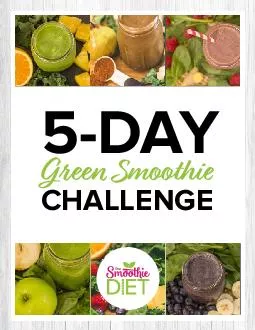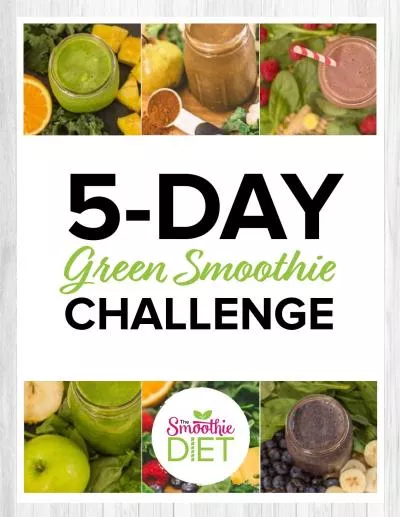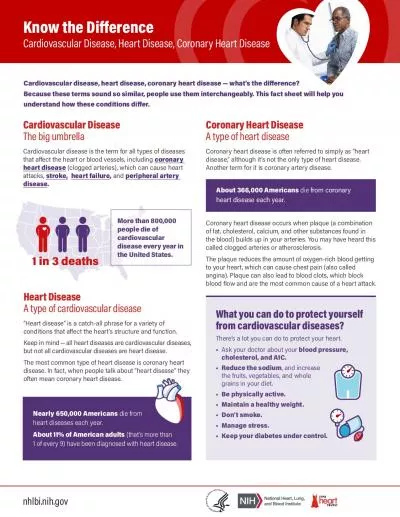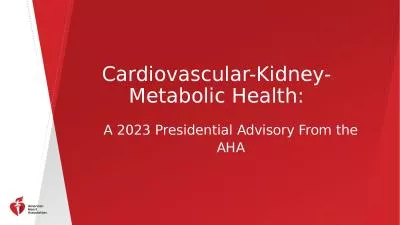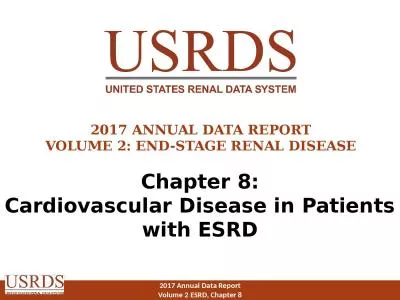PPT-Diet And Cardiovascular disease
Author : kittie-lecroy | Published Date : 2015-10-28
By Jeremy Clark Megan Windland and Tiana Nater Negative Effects of Cardiovascular disease Eating foods that are high in saturated fats and cholesterol may cause
Presentation Embed Code
Download Presentation
Download Presentation The PPT/PDF document "Diet And Cardiovascular disease" is the property of its rightful owner. Permission is granted to download and print the materials on this website for personal, non-commercial use only, and to display it on your personal computer provided you do not modify the materials and that you retain all copyright notices contained in the materials. By downloading content from our website, you accept the terms of this agreement.
Diet And Cardiovascular disease: Transcript
Download Rules Of Document
"Diet And Cardiovascular disease"The content belongs to its owner. You may download and print it for personal use, without modification, and keep all copyright notices. By downloading, you agree to these terms.
Related Documents

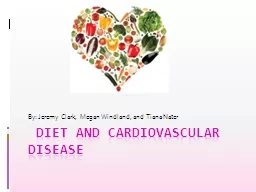
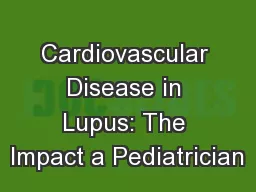
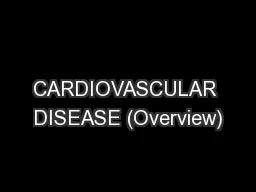
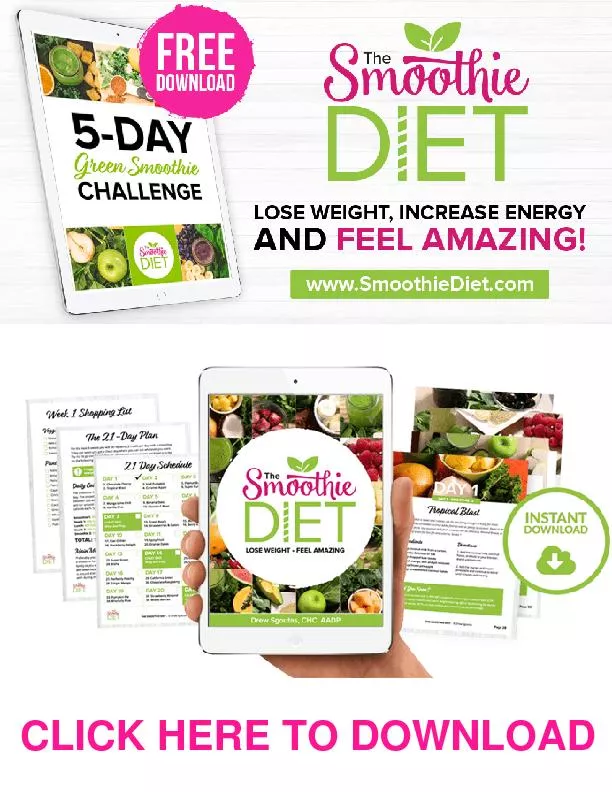
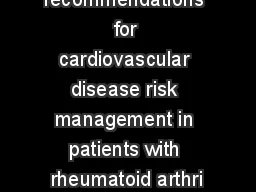
![[DOWNLOAD] Paleo diet: Paleo Diet Plan for Begginers (Paleo diet for beginners, Paleo](https://thumbs.docslides.com/882090/download-paleo-diet-paleo-diet-plan-for-begginers-paleo-diet-for-beginners-paleo-diet-recipes-paleo-diet-cookbook-paleo-plan.jpg)
